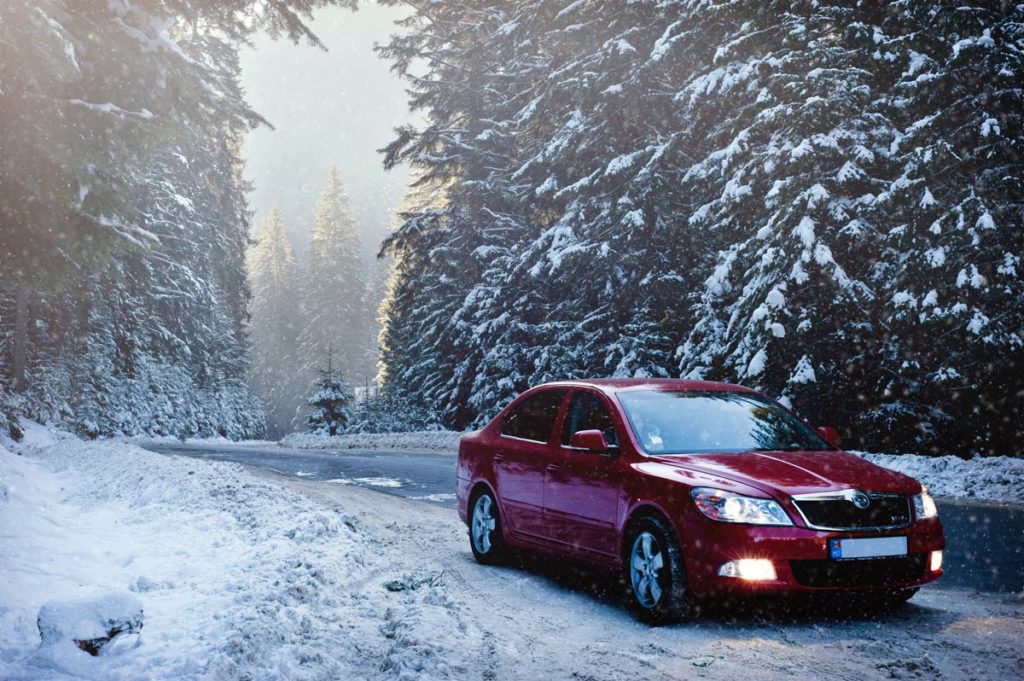Driving Tips For Bad Weather: Bad weather can take part in traffic accidents, but there are ways to reduce the risk. When the bad weather is removed, most people prefer to stay at home. Obviously, this is not always an option. As the weather increases more intensively, driving conditions become more dangerous.
Whether a young, mature, or senior citizen, the motors should ensure that they take adequate precautions during the bad weather on the road. Many situations can increase risk and increase the risk associated with driving in the dangerous weather.
These conditions include rainfall, flood, winter storm, fog, tourism, storm, and storm. The best way of every motorist is to implement the safety measures while driving in bad weather.
You should always use carefulness when you exit the road. It is especially important when joining the extreme season. Heavy air and rain can cause major problems. It’s good to get ready, especially the summer storm season.
Check Your Driving Experience
If you have still checked your driving experience, it might be hard to think about going through bad weather. Unfortunately, we are not just lucky when the sky is blue and the roads are dry. Sometimes, you will have to go through heavy rain, fog, Hill, and Ice, and you want to safely do it.
Driving safely in bad weather is included in taking proper instructions. These tips for driving in bad weather should help.
First Of All, Check Your Car’s Situation In Bad Weather
There are many facets of your car that are especially important to check, especially when you plan long distance drive. In strict conditions, the material needs to be seen before driving:
- Tires: you should make sure your tires are fully pumped and enough, but this road is wet or snowy when it is especially important. Some company provides you at least 3 mm for winter driving. If you find that your tire needs to be replaced, provide free winter tire fittings.
- Lights: You will trust more on your lights so that they will work properly. Additionally, you want to check the status of your battery because heavy use of light can stress it
- Car’s Screen: Use a number of anti-freezer screens that have not been reduced and can be as low as temperatures below the temperature. In the cold weather, you do not want the water to become frozen and your wipers become useless.
Driving in the fog Fog cannot get out of place and greatly reduces your exhibition, but there are ways to promote it. Make sure you change your depot headlights and when the display is very poor, you can not see more than 100 meters from the front, change your fog.
Do not forget to close your fog light when you do not want to activate other road users or make your brake lights unusual. Remember that everyone is not good as a driver, and may have forgotten anything to change his fog’s turn, so be careful. Be careful or not soon, because you can not see what is behind you or behind you. Always check your mirror before slow your car.
Driving in the snow Key to staying on ice streets is to run carefully and easily. When you get out of the parking space, slow down and use less reverse; Then turn it into the high gear as soon as possible. Doing this will reduce any potential wheel slip. It is worth mentioning that some cars are winter driving modes – if your car is not with this piece, change it.
Back to the other side of the road, on other road drivers, make sure that you will usually fold ten times on dry roads. In the road, slowly and carefully should be cautious – break faster at the speed before reaching the turn to avoid any sliding.
Driving and downstairs can also be a problem when it is snowy. As long as you walk, give the driver in front of the room and keep the speed. Ideally, you do not want to stop the mountain or change the gear. When you go down, use low gear and slow it down.
Driving In Heavy Rain
Heavy rain can cause two potential problems, aquaplaning and flooding. If you’ve never experienced it before, aquaplaning is when there is so much water between the road and your tires that the two are not in direct contact anymore, which can cause you to lose control of your vehicle.
In this situation, you should try not to accelerate, decelerate or steer your vehicle. Instead, take your foot off the pedal and let your car slow down naturally.
To ensure you avoid routes which are flooded, listen to your local radio station for updates. If your car does a breakdown in heavy rain and you need to wait for assistance, keep your bonnet closed so that your electrical system does not get damaged. But also everyone knows about driving safety tips and tricks I will suggest you that you should get car insurance for more safety.
Driving In A Hail Storm
Burning storms are often clouded and dangerous to drive. If you are caught in a severe storm, pull and wait until it passes for at least a few minutes longer. Ideally, you should find shelters anywhere that protect your washing screen. Stay in the car to save yourself, because Hail can hurt
We hope this driving tips for bad weather will help the new drivers find some trust during the bad weather through navigation. He listens to our prayers in bad weather. Amazing God.


